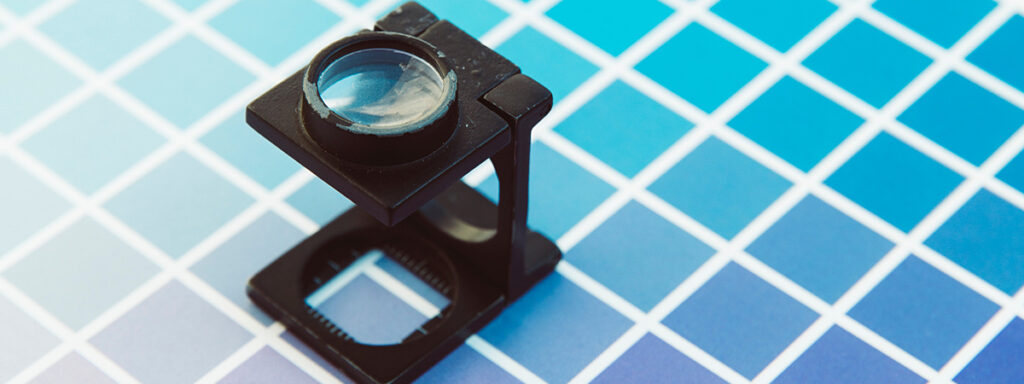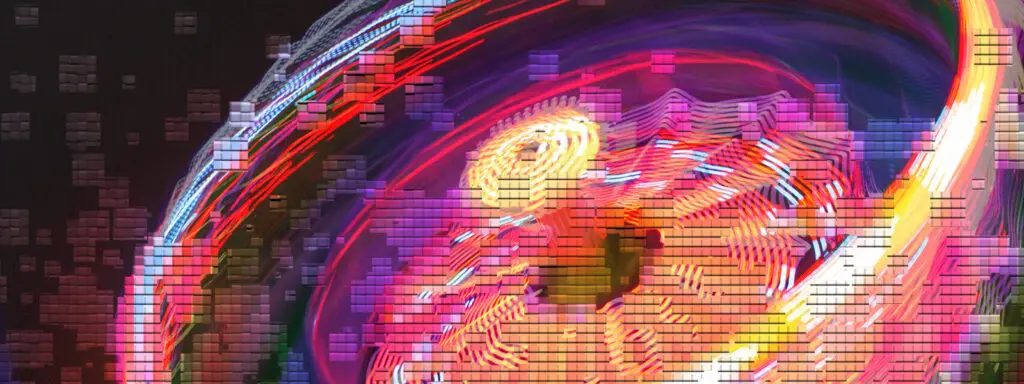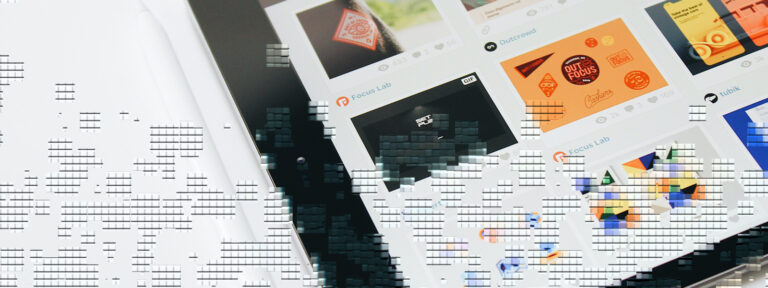Today, we’ll look into color theory in graphic design and discover how to pick the perfect palette for your designs.
Whether you’re a seasoned designer or just starting, understanding the impact of colors can take your creations to a whole new level.
So, let’s dive in!
Understanding Color Theory

Alright, let’s get the basics covered. Color theory is like a magic toolbox for designers. It all starts with the color wheel, where we have our primary colors – red, blue, and yellow.
Mixing these primary colors gives us secondary colors like green, orange, and purple.
And guess what?
Combining secondary with primary creates the magical tertiary colors!
Now, what’s more intriguing is how colors affect our emotions.
For example, warm colors like red and orange can evoke excitement and passion, while cool colors like blue and green bring about a sense of calm and tranquility.
Understanding these psychological effects helps us connect with our audience on a deeper level.
I did an earlier article about color theory, “How to Use Color Theory in Your Digital Art”, check it to learn more.
Color Schemes and Combinations
Alright, now that we have the basics down, let’s explore color schemes and combinations.
Think of color schemes as recipes for design success!
We have various options, such as analogous colors that sit side by side on the wheel, creating a harmonious and relaxing feel.
On the other hand, complementary colors – those on the opposite sides of the wheel – add a vibrant contrast to our designs.
I once experimented with an analogous color scheme for a website design, and it created such a soothing ambiance that users loved spending more time on the site.
The Role of Color in Branding
Colors play a crucial role in branding. Take McDonald’s, for instance; the iconic golden arches are instantly recognizable.
Colors create brand identity and emotional connections with consumers.
When choosing your brand’s color palette, consider the message you want to convey.
Are you aiming for excitement like Coca-Cola’s red, or trustworthiness like Facebook’s blue?
I once worked with a small start-up that wanted to create a fun and youthful brand.
We used vibrant and playful colors in their logo and website, and it immediately resonated with their target audience.
Color Accessibility and Inclusivity
As designers, we have the responsibility to ensure our creations are accessible to everyone, including those with color vision deficiencies.
Tools like color contrast checkers help us maintain inclusivity. Besides, using descriptive labels for colors in design can enhance accessibility.
A friend of mine with color blindness (who surprisingly was a talented animator) once told me how challenging it was to use certain websites due to poor color choices.
This experience made me even more determined to create inclusive designs.
Trends in Color Design
Ah, trends! They come and go like waves on the ocean. While it’s fun to ride the wave of trendy colors, remember that classic palettes never go out of style.
Blend trendy colors with timeless ones to keep your designs fresh yet timeless.
I once got carried away with a super trendy color scheme for a client’s logo, but after a few months, it looked outdated. Lesson learned: balance is key!
Applying Color Theory to Digital Platforms
Nowadays, digital platforms rule the roost. From websites to social media, understanding how colors appear on different screens is vital.
Test your designs across various devices to ensure they look stunning everywhere.
When I launched my personal portfolio website, years ago, I discovered that the vibrant colors I chose looked a bit washed out on some mobile devices. Quick adjustments saved the day.
Practical Exercises for Creatives
Alright, enough theory – let’s dive into action. Here are some practical exercises to play with colors and create dazzling palettes:
Color Collage:
Cut out color swatches from magazines and mix and match them to create inspiring palettes.
Mood Boards:
Create mood boards with images that evoke the emotions you want your design to convey. Let the colors flow from there.
Nature’s Palette:
Take a stroll outside and capture the colors you encounter. Mother Nature has some of the best palettes.
Case Studies and Inspirations
Time to get inspired. Let’s take a look at some jaw-dropping designs and analyze how they nailed their color palettes.
From websites to packaging, these case studies will open up a world of possibilities.
Let’s take a look at this social media campaign:
Color Palette Objective: Capturing Emotions
Case Study: “Special Pals”
Description: “Special Pals,” an animal shelter, ran a social media campaign with food trucks to raise awareness and encourage adoptions. They incorporated warm and cheerful colors like yellow, and red, tapping into emotions of joy and hunger (like McDonald’s branding). The campaign’s success was evident, with increased engagement and a surge in adoptions.
Takeaway: Emotional appeal is vital in design, especially for campaigns with a social cause. Choose colors that resonate with your audience’s emotions and connect them to your brand’s mission.

Resources for Further Exploration:
Adobe Color:
This free online tool allows you to explore, create, and save color palettes inspired by various themes or moods. (Website: color.adobe.com)
Coolors:
A user-friendly color scheme generator that offers endless possibilities for creating harmonious palettes. (Website: coolors.co)
Pantone Color Institute:
Keep an eye on the latest color trends and expert insights from the color authority. (Website: pantone.com)
Dribbble:
An online community of designers showcasing their work, providing a treasure trove of inspiration for color palettes and design concepts. (Website: dribbble.com)
Smashing Magazine:
This design-centric online magazine regularly publishes articles and case studies on color theory and its application in graphic design. (Website: smashingmagazine.com)
By exploring these resources and studying case studies, you’ll gain valuable insights into the power of colors in graphic design and find inspiration to elevate your own creations.
Remember, colors have the ability to evoke emotions, tell stories, and leave a lasting impact.
Conclusion
You’ve now unlocked the power of color theory in graphic design. Remember, colors are not just pixels on a screen; they are emotions, stories, and connections.
We’ve covered everything from the color wheel to inclusive design, and I hope you found this journey through color theory as exciting as I did.
Now it’s your turn to experiment, create, and bring your designs to life.
So, go forth, unleash your creativity, and paint the world with your designs!



